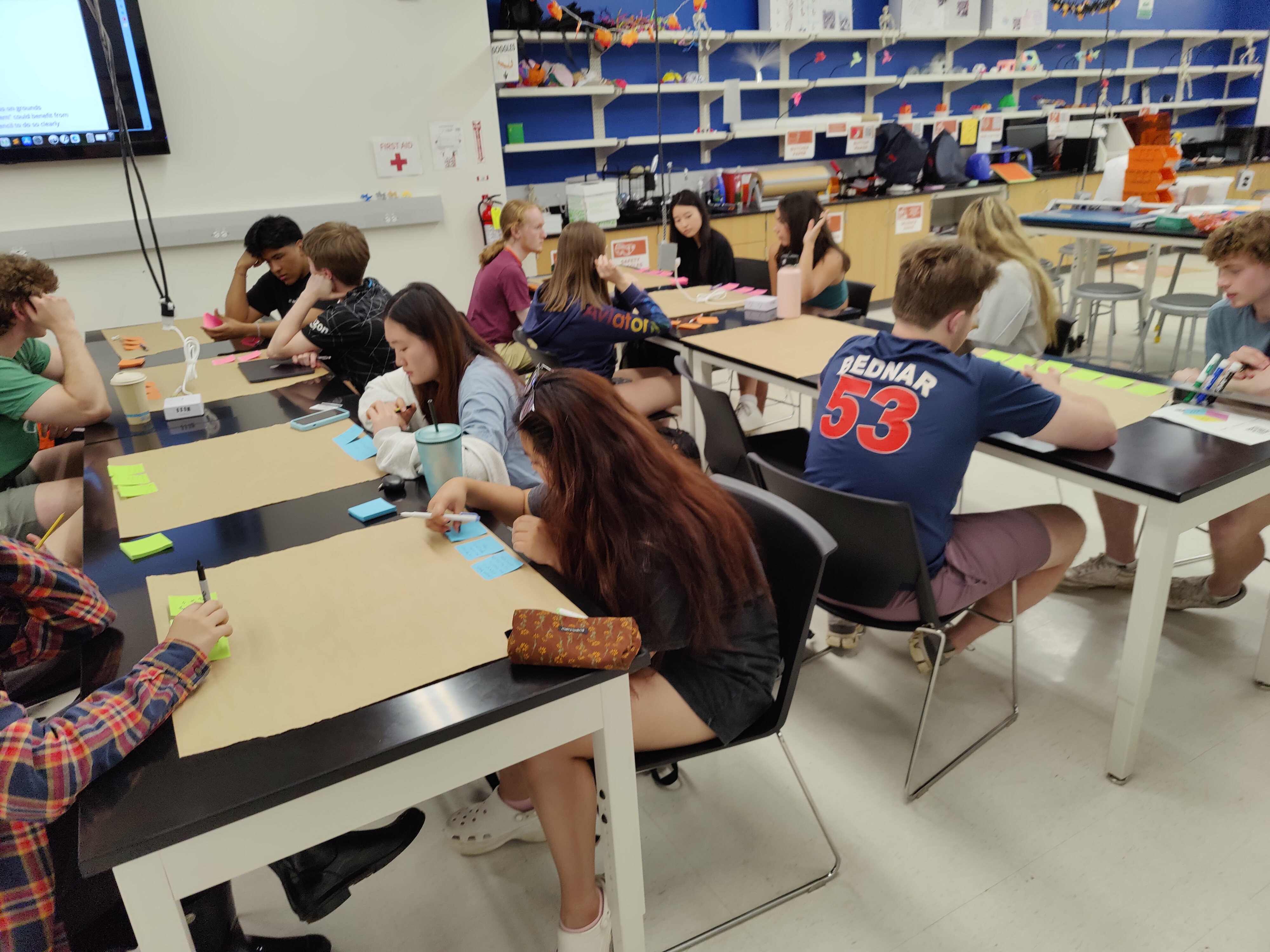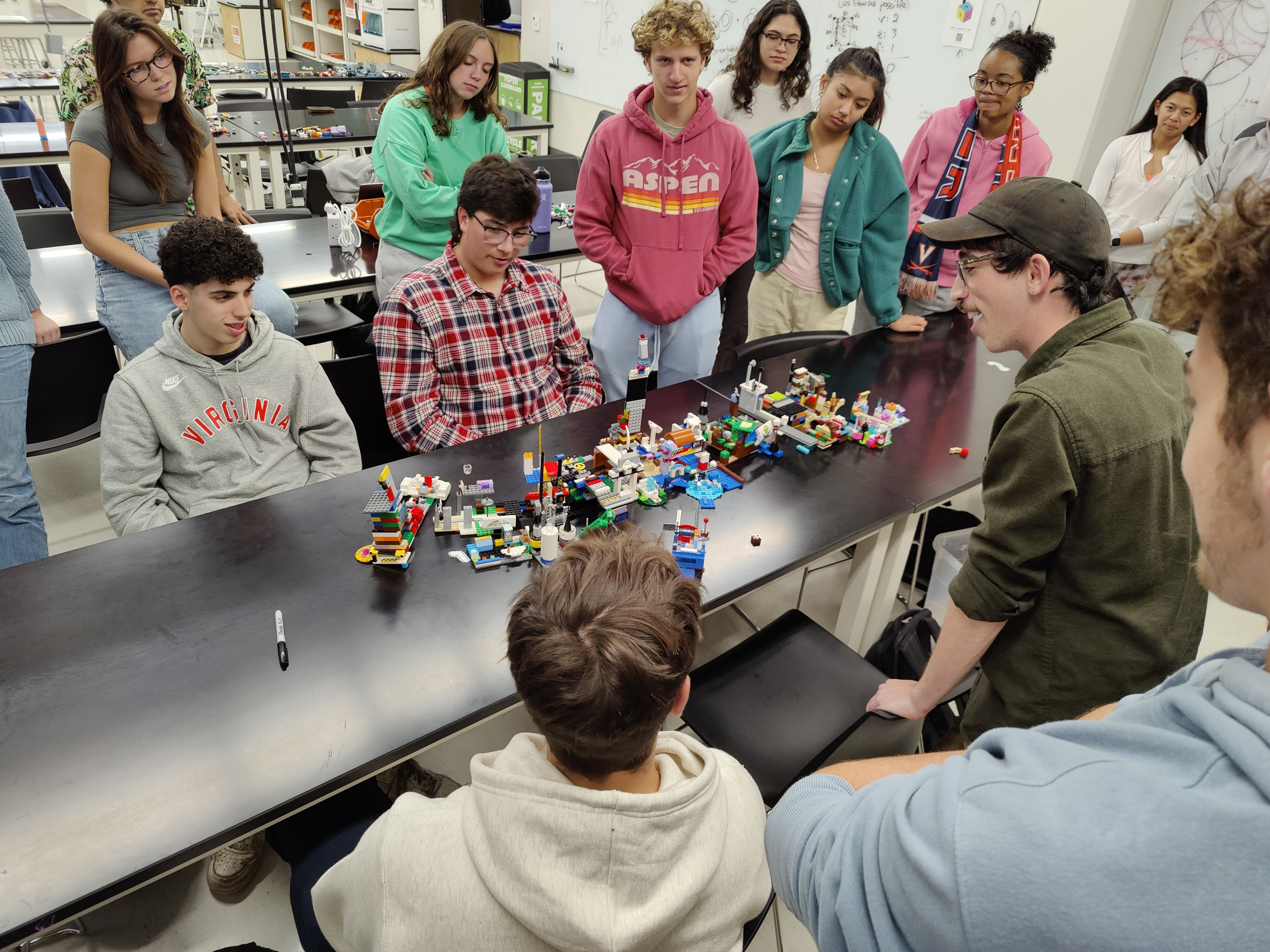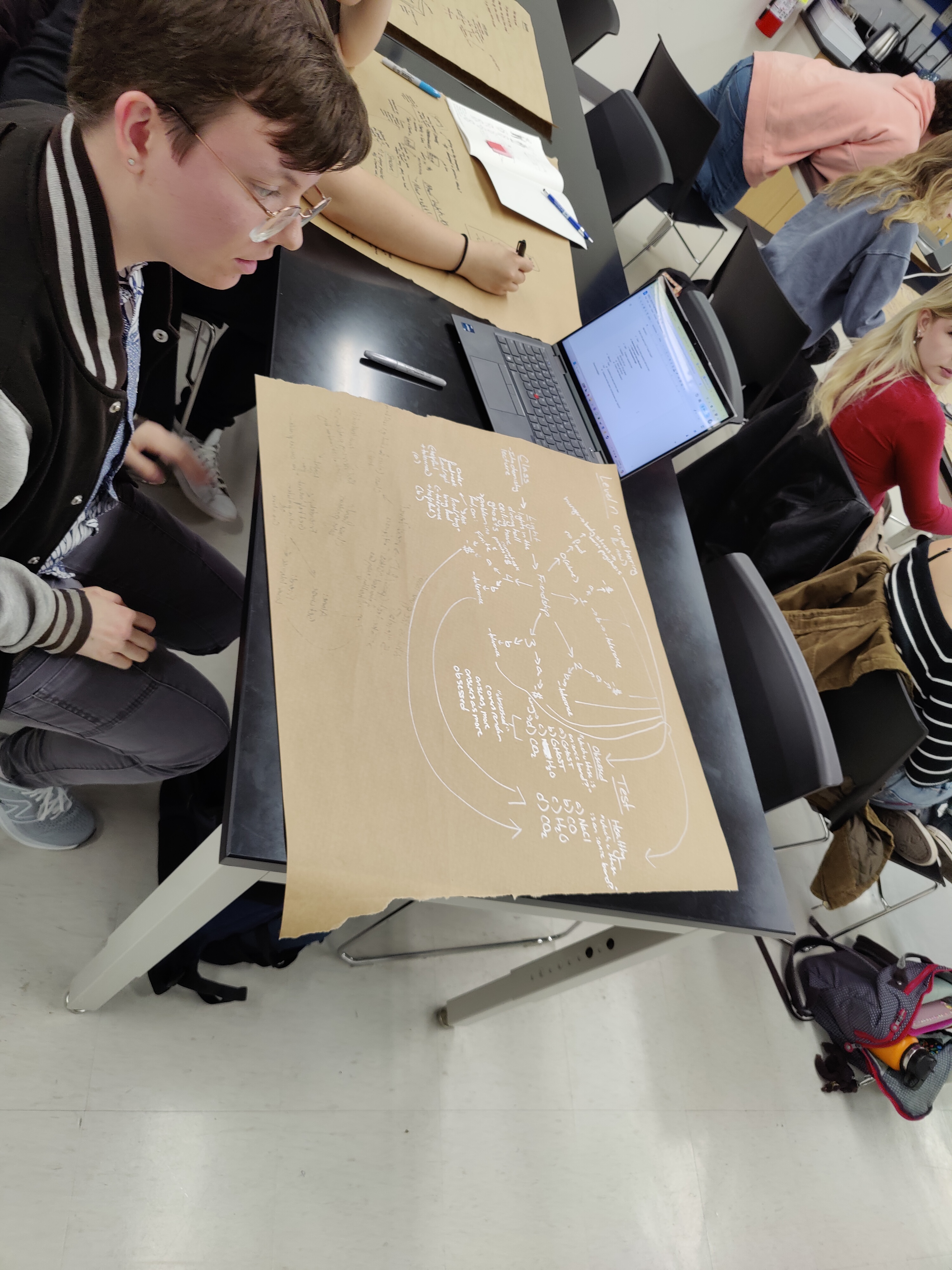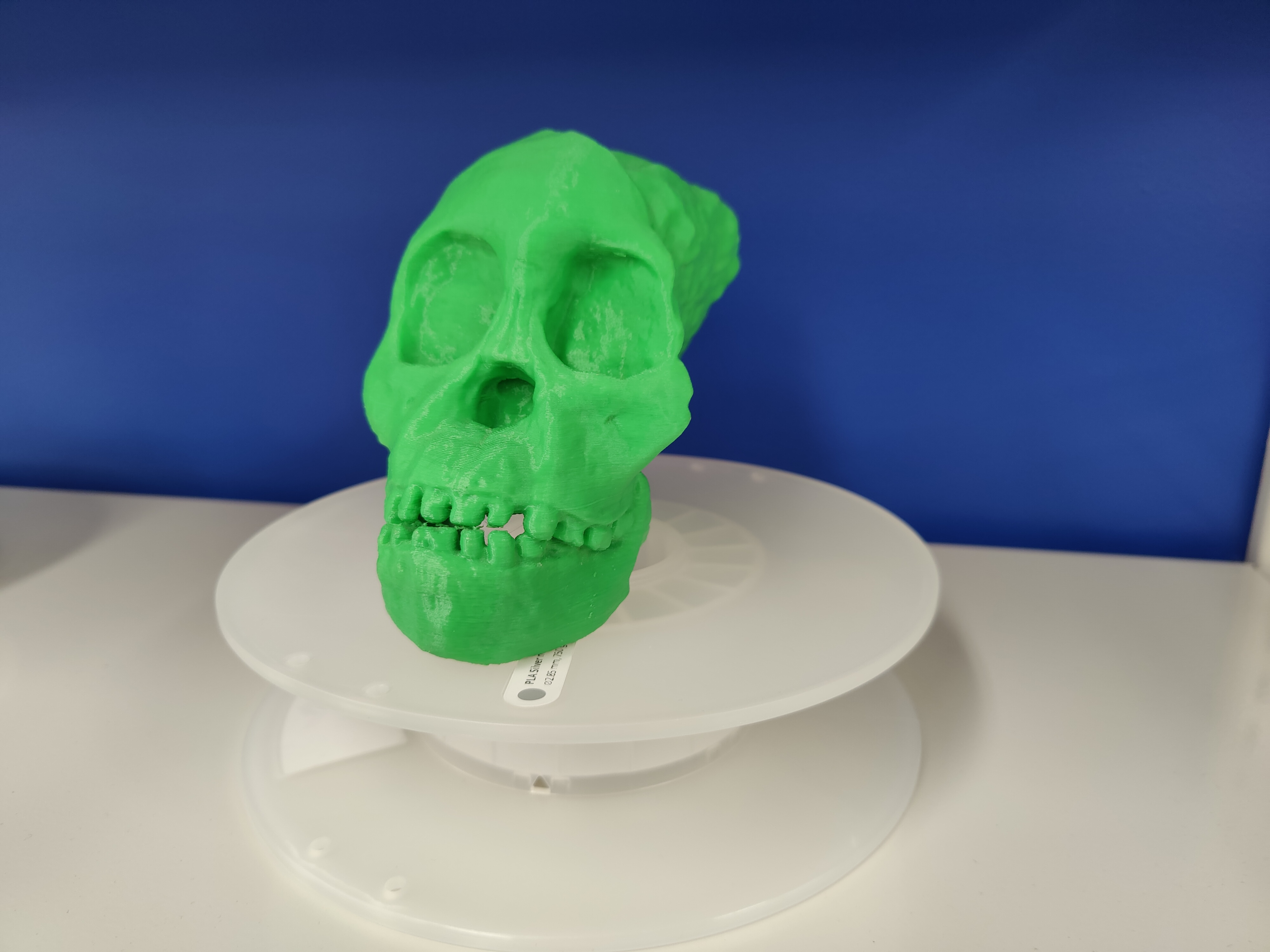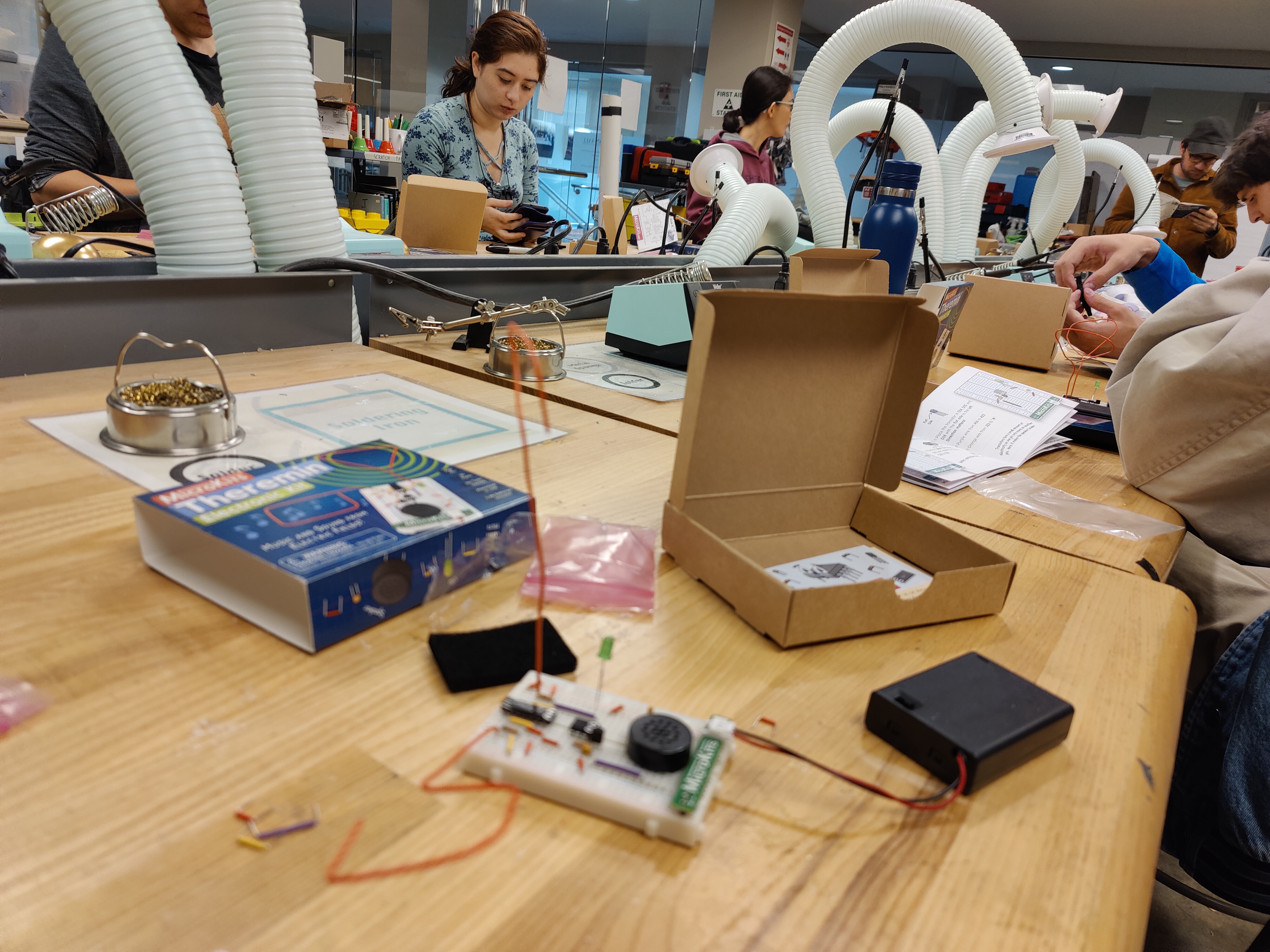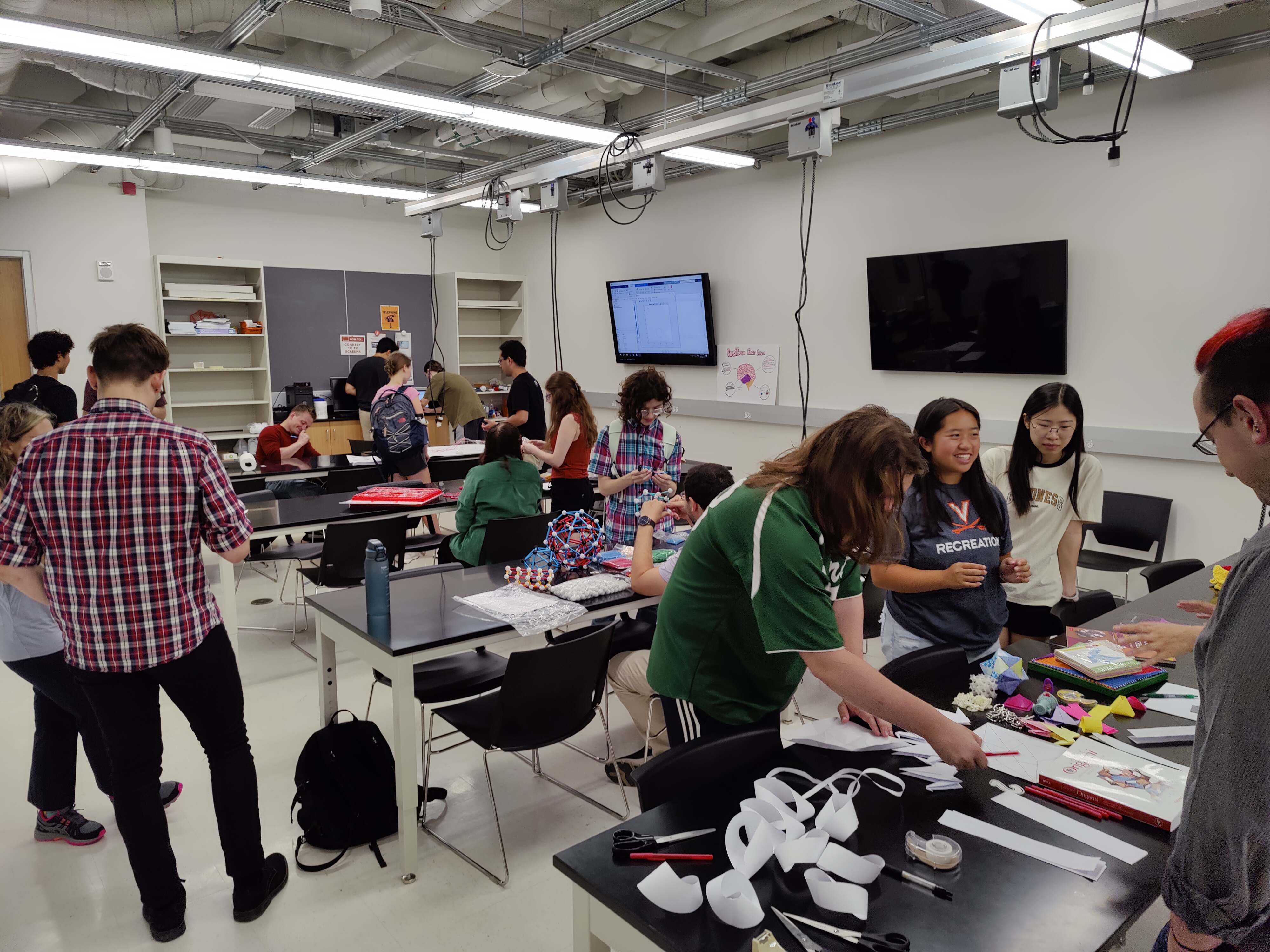Learning in a Makerspace
Whenever humanity seems condemned to heaviness, I think I should fly like Perseus into a different space. I don’t mean escaping into dreams or into the irrational. I mean that I have to change my approach, look at the world from a different perspective, with a different logic and with fresh methods of cognition and verification.
Makerspaces are learning spaces that introduce playful, hands-on methods for scholarly work. They are a chance for you and your students to "change your approach" and "look at the world from a different perspective." Learning Design & Technology manages two makerspaces: the Maker Open Lab (MOL) in the Chemistry building room 202 and the Maker Open Studio (MOS) in Wilson 141.
How would I know where to begin?
If you are curious about using one of our makerspaces for learning, please contact us. Curiosity is all you need. We can help you imagine, design, and refine activities, learning goals, and projects. Most folks who work with us have never used a makerspace before and, in fitting with the way these spaces function, discover their value through exploration.
Characteristics
Our spaces are transdisciplinary spaces that help learners via the following characteristics:
- Embodied, hands-on learning
- Integration of creative and critical modes
- Exploration across disciplines
- Community and sense of belonging
- Practice / process over product
Embodied and hands-on
We have evolved to think and shape with our hands. Studies have shown that even writing on a large sheet of paper will activate our brains.
Creative and critical Modes
Makerspaces attempt to do scholarship with the whole person. They are for people who want to practice both critical and creative modes. Entering the creative mode via specific practices is an invitation to temporarily abandon the performance treadmill scholars can get stuck on, to open our minds and senses (sight, hearing, touch, smell, sometimes taste) to ideas that can be critically evaluated later.
Exploration across disciplines: analog humanities and scientific play
Digital humanities opened our minds to a wider array of scholarly practices: map making, data collecting, coding, 3D modeling. Makerspaces take that same spirit of exploration and makes it analog (again). Makerspaces encourage the playful exploration of ideas. When coupled with rigorous experimental practices, this exploration can lead to new discoveries, understanding, and inventions.
Community driven
Makerspaces are symbiotic with their communities: they exist both for and by community needs. Human activities that involve making have helped form and bind communities for the entirety of our species' existence. A makerspace can give a student a sense of belonging that will persist throughout their whole academic career.
Practices and process, not products
A makerspace is a collection of mindsets, modes, skills, and relationships. Learners come to a makerspace to explore this collection and participate in the continual co-creation of their meanings. Learners produce artifacts, but the artifacts are manifestations of their practice, not ends in-and-of themselves. A healthy makerspace makes space for successful projects, failed projects, and everything in between. It makes space for learners in the same way.
Photos
